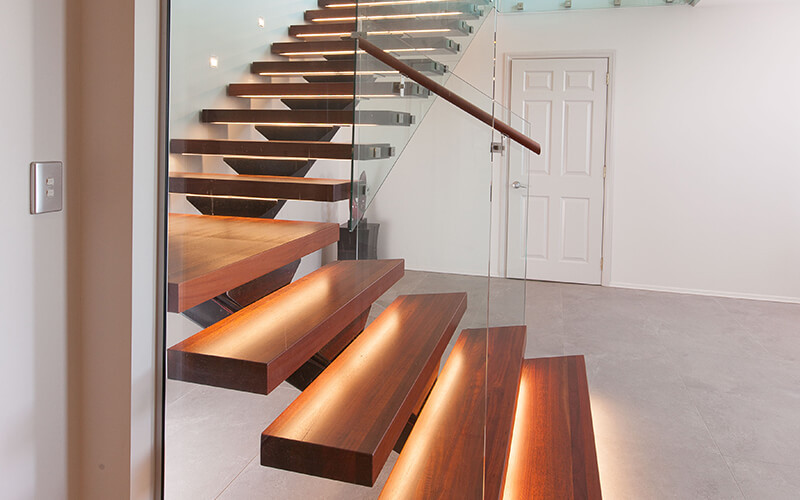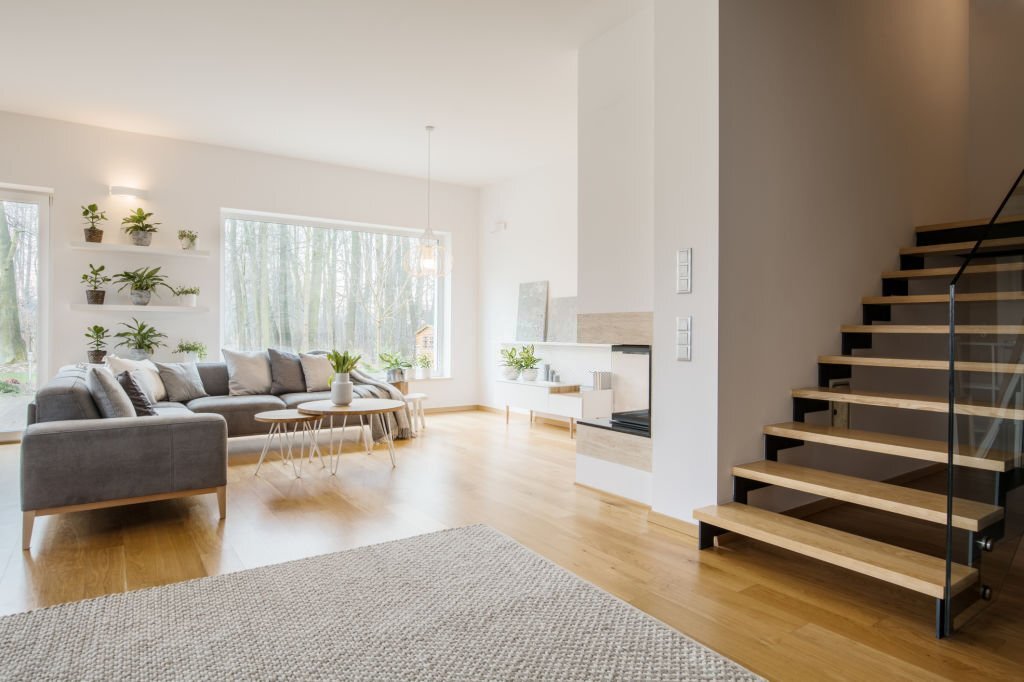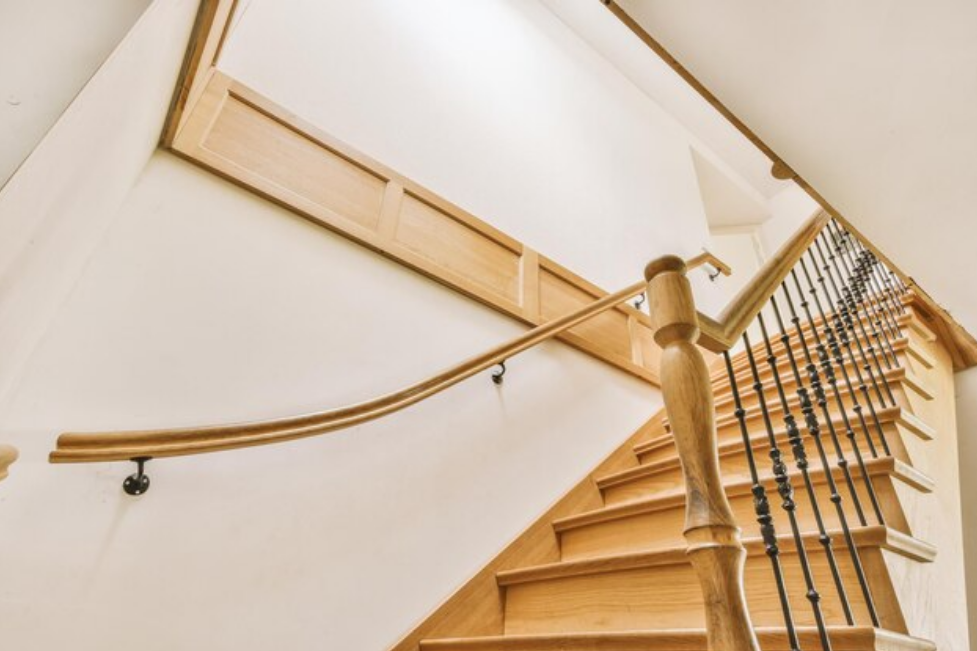Floating staircases are a staple of modern minimalist architecture because they defy gravity while still providing access to upper floors. These architectural marvels have transcended mere functionality to become design icons, gracing the interiors of contemporary homes and commercial spaces alike. As we delve into the world of floating staircases, we will explore their evolution, their significance in minimalist design, and some stunning examples, with a focus on the vibrant architectural scene in London.
The Art of Floating Staircases
The concept of floating staircase may seem like a recent innovation, but their origins trace back to the early 20th century. Architect R.M. Schindler introduced the idea in his home designs, using exposed steel rods to create the illusion of steps floating in space. This innovation laid the foundation for the floating staircases we see today.
Minimalist Design Philosophy
Floating staircases align perfectly with the minimalist design philosophy. Minimalism, as an architectural approach, emphasizes simplicity, functionality, and the elimination of unnecessary elements. Floating staircases, by their very nature, encapsulate these principles. They are devoid of extraneous adornments, instead focusing on the fundamental purpose of providing a means to traverse different levels in a space.
In minimalist architecture, the stairs are not just a means to an end; they are integral to the overall design. Their clean lines and open construction create a sense of spatial continuity. The absence of visible support structures contributes to a sense of weightlessness, making them ideal for spaces aiming to achieve a sense of airiness and freedom.
London’s Love Affair with Floating Staircases
London, known for its rich architectural history, has embraced the trend of floating staircases in modern minimalist design with open arms. The city’s diverse blend of historical and contemporary buildings provides a canvas for architects to push the boundaries of design. Here are a few noteworthy examples of floating staircases in London:
The V&A Museum – Amanda Levete Architects
The Victoria and Albert Museum in London houses a stunning example of a floating staircase. Designed by Amanda Levete Architects, this installation is a true masterpiece of engineering and aesthetics. The stairs appear to be suspended mid-air, creating an ethereal experience for visitors as they ascend between the museum’s galleries.
The Skyhouse – David Kohn Architects
Located in the heart of London, the Skyhouse is a residence that beautifully integrates floating staircases into its minimalist design. Designed by David Kohn Architects, the Skyhouse’s floating staircases not only serve as functional elements but also as sculptural focal points within the living space.
White Cube Bermondsey – Casper Mueller Kneer Architects
The White Cube Bermondsey is a contemporary art gallery that pushes the boundaries of design. The architectural firm Casper Mueller Kneer designed a striking floating staircase that serves as a transition between gallery spaces. Its minimalist design enhances the gallery’s aesthetic, providing a neutral backdrop for the artwork it houses.
Engineering Marvels
Floating staircases are not just visually stunning; they are also feats of engineering. The illusion of levitation is achieved through various methods, such as cantilevered steps, hidden supports, and transparent materials. These architectural wonders require meticulous planning and precise execution to ensure safety and stability.
In many cases, steel or other structural materials are used to create the necessary support while maintaining the appearance of a floating staircase. The result is a harmonious blend of form and function, where the staircase becomes a work of art in itself.
The Versatility of Floating Staircases
One of the remarkable aspects of floating staircases is their versatility. They can be incorporated into a wide range of architectural styles, from ultra-modern to transitional and even traditional designs. Their ability to seamlessly integrate with various interior aesthetics makes them a favourite choice for architects and homeowners alike.
Benefits of Floating Staircases
Apart from their aesthetic appeal, floating staircases offer several practical benefits:
1. Space Optimization: Since floating staircases do not require bulky support structures, they can save valuable floor space, making them ideal for small homes and commercial spaces.
2. Natural Light and Ventilation: Their open design allows for the flow of natural light and air, enhancing the overall ambiance of the space.
3. Easy Maintenance: Cleaning and maintaining floating staircases is relatively straightforward, as there are fewer nooks and crannies for dust and dirt to accumulate.
4. Design Freedom: Architects have the creative freedom to design unique and custom floating staircases that fit the specific needs and style of a space.
Floating staircases in modern minimalist architecture, with their clean lines, open construction, and sense of weightlessness, make them the perfect embodiment of the less-is-more philosophy.
London, with its rich architectural heritage and thriving contemporary scene, has embraced the trend of floating staircases with enthusiasm. These architectural wonders not only serve as transitions between spaces but also as works of art that captivate the eye and elevate the soul.
As modern minimalist architecture continues to evolve, floating stairs will remain a cherished element, a symbol of the seamless marriage between form and function. So, the next time you find yourself in a modern London building, keep an eye out for these breathtaking architectural gems that seem to defy gravity and redefine the very essence of space.





